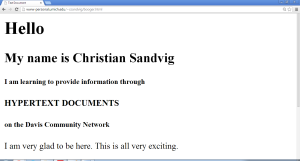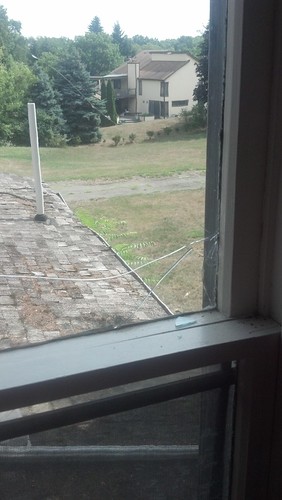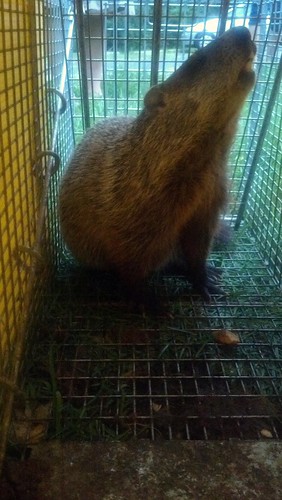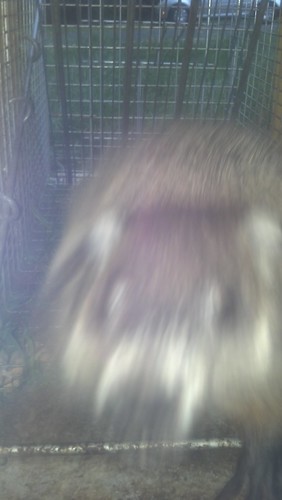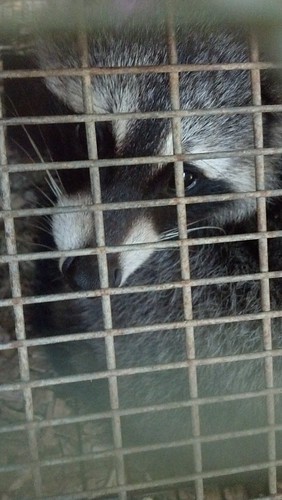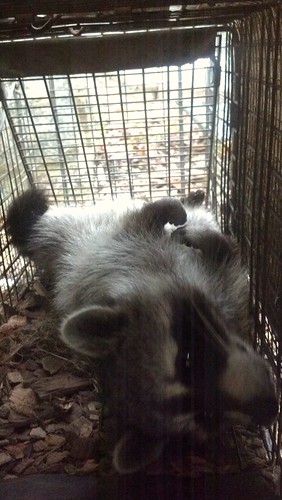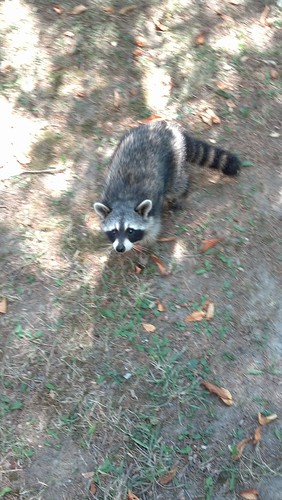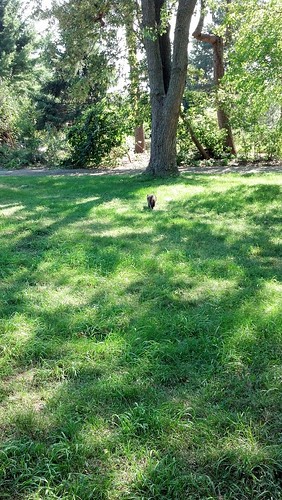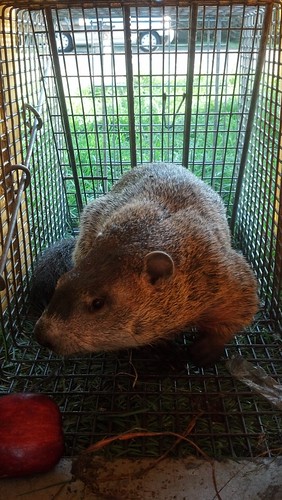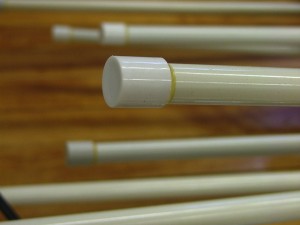2015 Advice For Your 856-Year-Old Ph.D.
Wednesday, August 5th, 2015(or, What’s New About Getting an Old Degree?)
I’m delighted to be teaching an intro seminar for all the new Ph.D. students in my department’s graduate program. One of my goals is to give these students a place to talk about the environment of graduate school itself. How does getting a Ph.D. work? What do you need to know?
This task has made me reflective. At first I thought I should pass along readings that had been inspirational for me during grad school. That sure didn’t work. Here is the advice I apparently once loved:
Once you have identified some [thesis] topics you are interested in, you can research them rapidly by spending a few hours on the telephone calling up experts in the field and pumping them for information…although it may cost you a few dollars in long-distance bills… —Getting What You Came For: The Smart Student’s Guide to Earning a Master’s or Ph.D., p. 182
Or:
I wrote the paper with which this book begins on a microcomputer. Though this first experience with one frightened me a little at first, writing soon seemed so much less work that I wondered how I had managed before. —Writing for Social Scientists, p. 151
Or:
Having surveyed the basics…it’s time to consider the role that electronic communication can play. The most important thing is to employ electronic media consciously and deliberately as part of a larger strategy for your career. —Networking on the Network: A Guide to Professional Skills for PhD Students
Or:
Fortunately, these days every legitimate library has a copy machine, and each copy costs about a dime. —How to Write a Thesis, p. 86
The process of getting a Ph.D. is very old. Wikipedia claims the first Ph.D. was awarded in Paris in 1150. I thought Ph.D. advice would be more likely to stand the test of time.
These days you’ll find better dissertation advice on Tumblr. Or at least you’ll find some comic relief from Tumblrs like When in Academia…
(That’s some great tagging.)
The upshot is that it looks like a fair amount of the advice about how to get a Ph.D. has to do with the available communication technology of the time. Both the stuff that’s in everyday use, and also the scholarly communication infrastructure (which I’ve also blogged about recently).
Has anyone reading this ever attended a conference paper sale? (No, that’s not about buying pre-written term papers.) Or have you ever received an academic journal article “preprint request postcard?” Here’s an image of one:
Source: Google Scholar Blog.
So far I’ve come up with a list of things that seem to still be helpful. Caveats: I’m aiming to help the social science and humanities students interested in communication and information. Our first year students won’t be teaching yet, so I am not focusing on teaching with this list.
Hopefully there are some readers who will find this list useful too.
How to Get a Ph.D. — The Draft Reading List
Agre, P. (2002). Networking on the Network: A Guide to Professional Skills for PhD Students. http://vlsicad.ucsd.edu/Research/Advice/network.html I’ll excerpt the following sections:
- Building a Professional Identity
- Socializing at Conferences
- Publication and Credit
- Recognizing Difference
- Your Dissertation
- Academic Language
anonymous. (ed.) (2015). “When in Academia.” http://wheninacademia.tumblr.com/
Becker, H. S. (2007). Writing for Social Scientists. Chicago: University of Chicago Press. — Don’t let the title of this book fool you, it is equally applicable to graduate students in the humanities and professional programs. I’m excerpting the following sections:
- Freshman English for Graduate Students
- Persona and Authority
- Learning to Write as a Professional
- Risk
- Terrorized by the Literature
Cham, J. (2013, January 21). “Your Conference Presentation.” (image.) PhD Comics.
Edwards, P. N. (2014). “How to Give an Academic Talk.” http://pne.people.si.umich.edu/PDF/howtotalk.pdf (13 pp.)
Germano, W. (2013) From Dissertation to Book. (2nd ed.) Chicago: University of Chicago Press. — Note: “Passive Is Spoken Here” is a great section heading. I’ll excerpt the chapter:
- Making Prose Speak
Sterne, J. (2014). How to Peer Review Something You Hate. ICA Newsletter. (2 pp.)
Shore, B. M. (2014). The Graduate Advisor Handbook. Chicago: University of Chicago Press. I’ll excerpt:
- Mutual Expectations for Research Advising (pp. 143-146)
Strunk, W., Jr. & White, E. B. (2000). The Elements of Style. (4th ed.) New York: Longman. (Important: You must avoid any “Original Edition” or public domain reprint that does not include E. B. White as a co-author. The version without E. B. White is a different book.)
@yourpapersucks (ed.) (2015). “Shit My Reviewers Say.” http://shitmyreviewerssay.tumblr.com/
…
…however…
I see that it’s a list woefully lacking in anything like “social media savvy for Ph.D. students” or “How new forms of scholarly communication are changing the dissertation.” I’m sure there are other newish domains I’ve left out, too. What am I missing? Can anyone help me out? Please add a comment or e-mail me.
Yours in futurity.
.
.
.
(this blog post was cross-posted to The Social Media Collective.)


